Table of Contents
What is Optical Coating?
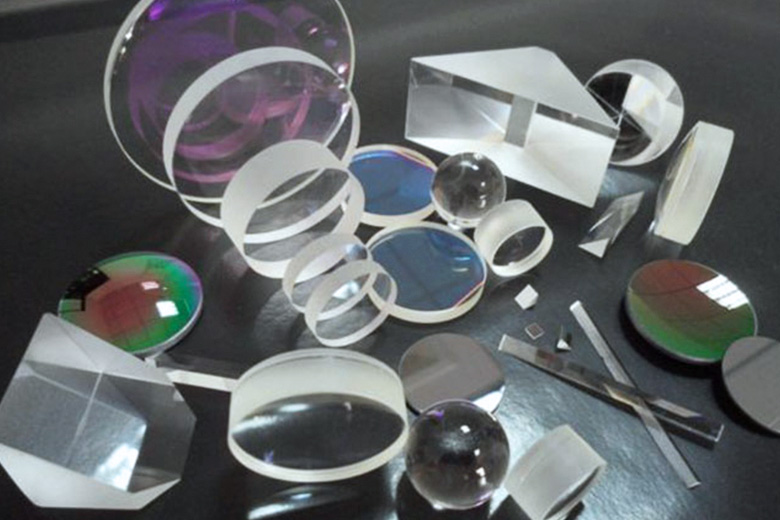
Optical coating involves the application of one or more layers of metal or dielectric films onto the surface of optical components. This process serves to modify the optical properties of these components by either enhancing or diminishing attributes like light separation, reflection, beam separation, filtering, cutoff, and polarization.
The application of optical coatings can directly impact the reflectivity of optical elements, such as mirrorsor beam splitters. Alternatively, for components like lenses, coatings can enhance their transmission performance by minimizing surface reflectivity. When optical coatings are integrated into a single-component for the specific purpose of managing the spectral transmission of light, they are referred to as optical filters. In this article, we will delve into the technologies that cater to a variety of coating needs.
How to Get Optics Coated?
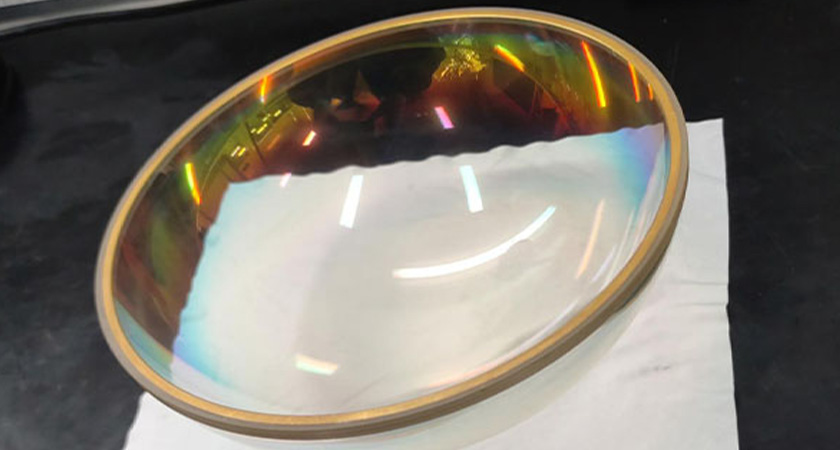
Optical coatings consist of individual layers with thicknesses ranging from tens to hundreds of nanometers, and a single coating can comprise numerous such layers. The deposition of these layers requires exceptional precision. Two primary techniques for depositing these coatings are physical vapor deposition (PVD) and chemical vapor deposition (CVD).
PVD technology involves vaporizing a substance in a vacuum environment and depositing it onto a substrate surface. In contrast, CVD technology introduces gaseous or liquid reagents into a reaction chamber, where a chemical reaction occurs on the substrate surface to produce a thin film. The choice between these methods is often guided by the desired coating’s characteristics and applications.
PVD is widely favored in production because of its precise control over film thickness and composition, making it suitable for customized applications. It typically produces high-quality films at lower temperatures, ideal for applications sensitive to substrate temperature. Moreover, PVD is a dry process, which simplifies management and control.
CVD, on the other hand, involves gas-phase reactions that often require higher temperatures and pressures. It’s appropriate for applications that necessitate specific chemical reactions but presents challenges related to elevated temperatures. In conclusion, selecting between PVD and CVD hinges on the coating requirements and the particular application.
Popular Optical Coating Methods
In the following sections, we will provide detailed insights into several common physical vapor deposition (PVD) technologies used for optical coatings. These include ion-assisted electron beam deposition, ion beam sputtering, advanced plasma sputtering, and plasma-assisted reactive magnetron sputtering. This information will aid in selecting the most suitable coating technology for your optical application.
.1 Electron Beam Evaporation( EBE)
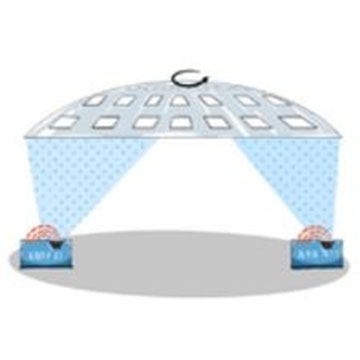
Electron beam evaporation (EBE) utilizes an electron beam to heat a source material until it sublimates into vapor. The vapor is then deposited onto a substrate. This method demands a high vacuum and is well-suited for producing high-quality optical coatings, making it applicable for optical lenses, laser lenses, and thin film filters, among other uses.
.2 Ion Beam Sputtering( IBS)
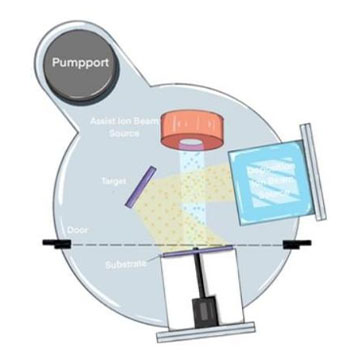
Ion beam sputtering (IBS) is a highly specialized technique that harnesses an ion beam to accelerate sputtered materials, resulting in the formation of high-quality, dense films. This method is particularly well-suited for the production of high-precision optical components like interference filters, concave lenses, and mirrors.
In the IBS process, a high-energy electric field accelerates the ion beam, imparting significant kinetic energy to the ions. As these ions collide with the source material, they cause the ejection of atoms from the target. These sputtered target ions, which have undergone ionization, possess the ability to create dense films upon contact with optical surfaces. IBS is a sophisticated technology, and when used in ion-assisted electron beam deposition, it facilitates precise targeting of ions to optical surfaces, thereby enhancing coating adhesion and density.
.3 Ion Assisted Deposition(IAD)
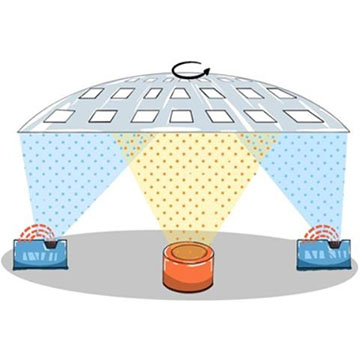
Ion Assisted Deposition (IAD) is a physical vapor deposition (PVD) technique that introduces ion beams during the film growth process to influence the composition, structure, and properties of the film. Its primary advantage lies in enhancing film density and adhesion, subsequently improving the optical performance and durability of the film. As a result, it’s often employed in the production of anti-reflective coatings and laser lenses.
IAD electron beam evaporation deposition technology is a versatile method for coating creation. It involves bombarding and evaporating source materials using an electron gun within a vacuum environment. This process effectively controls the condensation of vapor, resulting in the formation of a uniform, low-stress layer on the optical surface. IAD electron beam coatings exhibit minimal losses in the UV spectrum, boast a high laser-induced damage threshold, and are particularly well-suited for near-infrared applications. In comparison to other technologies, IAD provides a broader selection of materials and lower production costs. It’s also suitable for larger coating chamber sizes, making it ideal for applications prioritizing flexibility and cost-efficiency over top-tier performance.
Nonetheless, IAD technology does come with some limitations. It may lead to lower coating density, less smoothness, and restricted reflectivity, as well as subpar repeatability. Consequently, precise control of layer thickness can be somewhat challenging, making it less suitable for creating coatings with either extremely low or high reflectivity. Despite these limitations, IAD electron beam evaporation deposition technology remains uniquely advantageous when addressing specific application requirements.
.4 Advanced Plasma Sputtering (APS)
APS signifies the latest advancement in thin film coating technology. It distinguishes itself by employing a hot cathode DC glow discharge plasma instead of the conventional ion beam for depositing coating materials. This innovative approach offers more efficient and precise film deposition while retaining the versatility and stability of optical performance.
APS technology yields coatings that are notably smooth, dense, and hard, delivering superior performance. In comparison to traditional IAD electron beam evaporation deposition, APS is especially well-suited for high-volume coating production and is relatively cost-effective. However, the process comes with elevated stress levels and UV light loss, necessitating meticulous process control and iterative development, which can somewhat increase costs.
In sum, APS technology is a breakthrough in coating technology, presenting an efficient and cost-friendly method for producing large-scale coatings while maintaining exceptional optical performance. It strikes a balance between performance and cost, providing diverse application fields with more options.
.5 Magnetron Sputtering( MS)
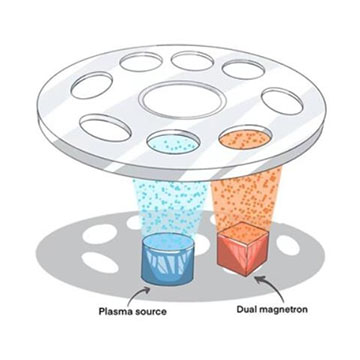
Magnetron sputtering is a technique that employs an ion beam to strike a target material, causing atoms or molecules to be expelled from the target and deposited onto a substrate. This method is widely used in the creation of multilayer films, mirrors, and optical coatings.
.6 Atomic layer deposition (ALD)
Atomic layer deposition (ALD) is a precise method for depositing thin films. It achieves this by adsorbing and reacting with alternating gas-phase precursor molecules, resulting in layer-by-layer growth. This process allows for the meticulous control of single atomic layers, ensuring excellent uniformity and density.
Types of Optical Coatings
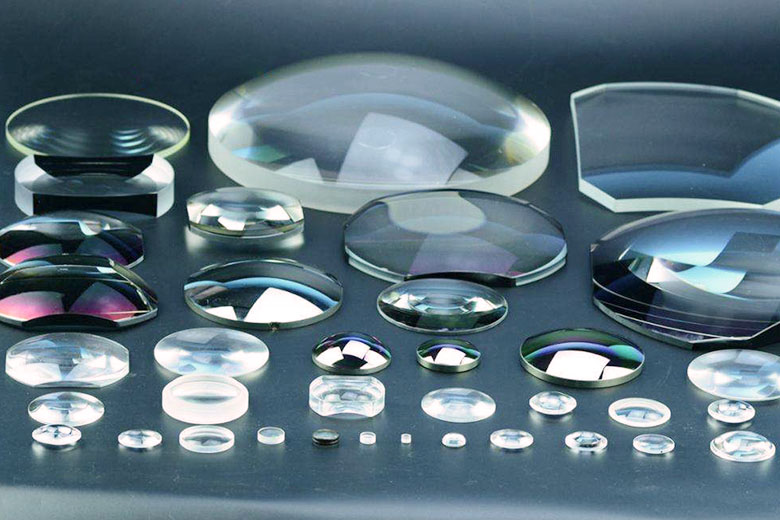
Metallic coatings and dielectric coatings are two common types of optical coatings. Metallic coatings, primarily used for reflection, consist of a single layer of metal, usually about 100 nm thick, providing broad-spectrum high reflectivity.
On the other hand, dielectric coatings incorporate alternating layers of materials with high (nH = 1.8 – 4.0) and low (nL = 1.3 – 1.7) refractive indices. The product of the thickness and refractive index of each layer is typically λ/4, enabling reflection and transmission at specific wavelengths. These coatings are often referred to as optical interference coatings and are employed to control reflectivity and optical properties.
Dielectric coatings serve various purposes, including highly reflective mirrors, broadband beam splitters, and dichroic filters. When light strikes at an oblique angle, reflectivity becomes polarization-dependent, making dielectric coatings suitable for polarizing beam splitters. Moreover, they find use as broadband anti-reflective coatings to minimize surface reflections on optical components. These coatings enhance the transmission efficiency of lenses, prisms, beam splitters, windows, and other elements, significantly reducing interface reflectivity (e.g., air-glass). This is particularly beneficial for laser systems, conserving energy in multi-element setups.
However, it’s important to note that high-performance dielectric coatings often come at the cost of a limited wavelength range. Therefore, when selecting a coating type, it’s crucial to balance performance against specific application requirements. If you’d like to delve further into optical films, we have another article of every thing you should know about optical films for your reference.
Conclusion
When it comes to optical applications, superior performance is always the expectation for your optical equipment. Optical coating plays a pivotal role in achieving this goal. It goes beyond merely applying materials – it is a critical determinant of your optical system’s success.
At NONI Optics, we bring extensive expertise and cutting-edge technology to the table, focusing on delivering high-quality custom optical solutions for a wide array of applications. With multiple on-site coating facilities, we offer end-to-end optical system manufacturing and professional coating services. Our team of coating experts excels in applying a diverse range of dielectric and mirror coatings on various substrates. They employ a variety of techniques to ensure the deposition of thin, uniform coatings on optical surfaces.
No matter what your requirements may be, our commitment is unwavering. We are dedicated to helping you attain superior optical performance, ensuring your optical system reaches its full potential. NONI Optics is your trusted partner for optical coating solutions, paving the way for the success of your project.